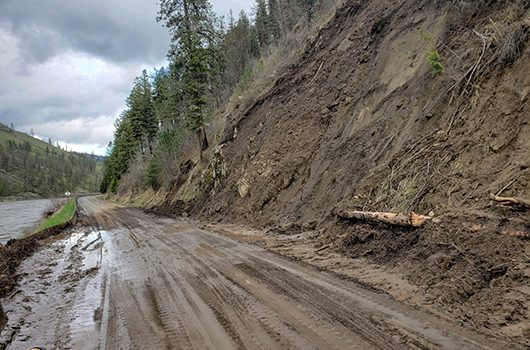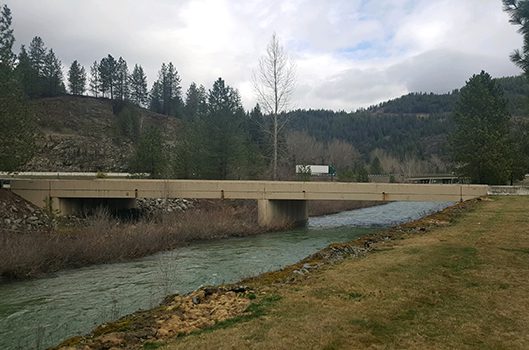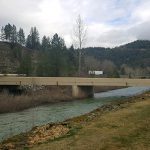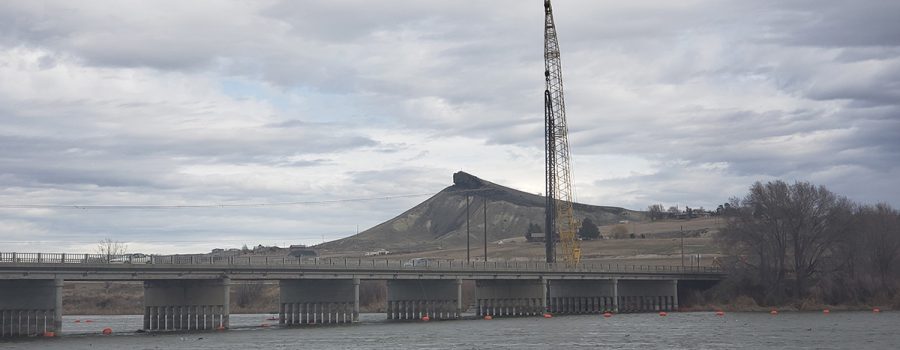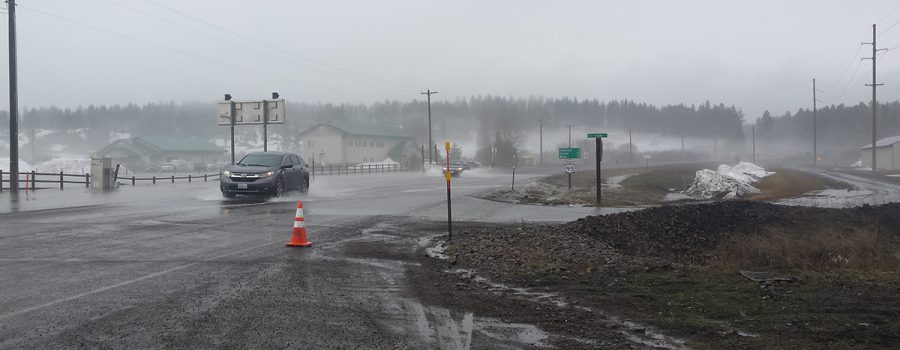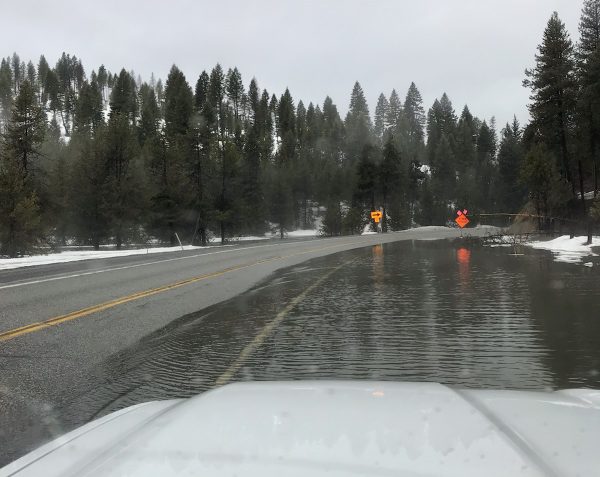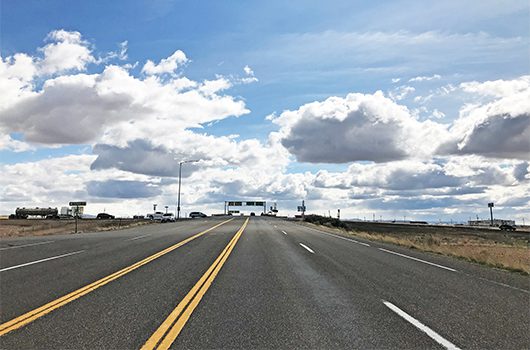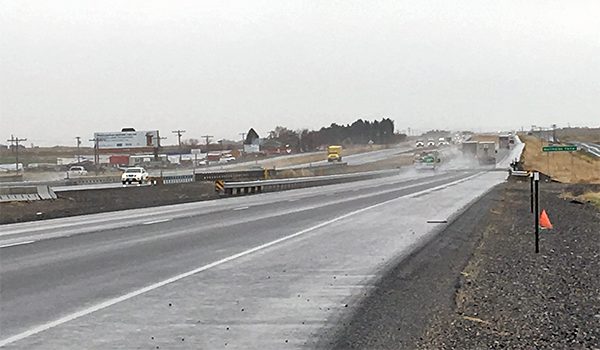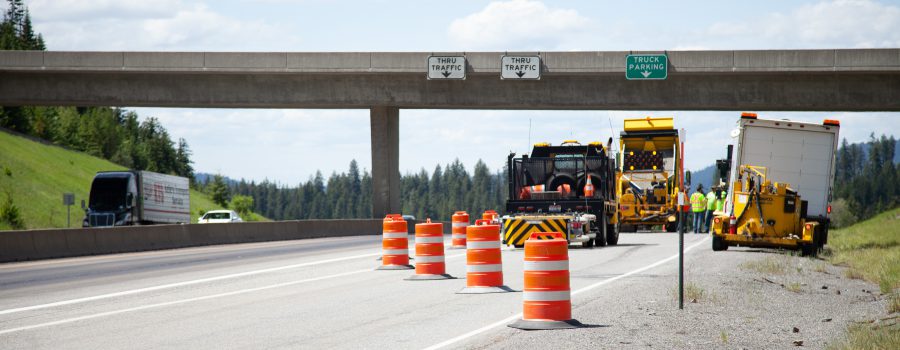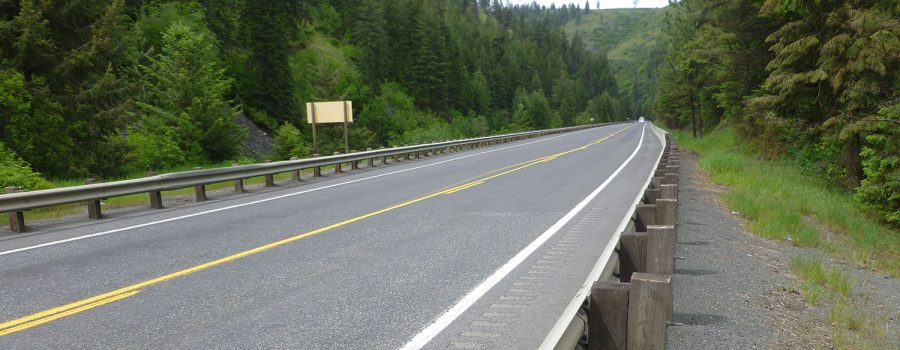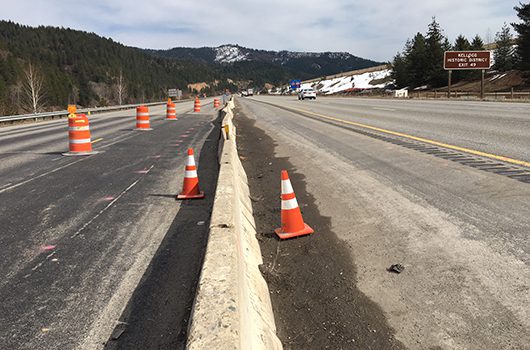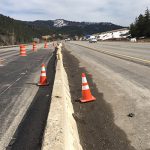BOISE – Every spring, with road-construction season fast approaching, the Idaho Transportation Department (ITD) reminds motorists to drive carefully through work zones — for their own safety and the safety of construction workers. This year, ITD will hold events around the state during National Work Zone Awareness Week, April 8-12.
Across the U.S., there were 799 workers and motorists killed in work zone crashes during 2017 — 82% were drivers and their passengers, according to the U.S. Department of Transportation.
In Idaho, there were 15 work zone fatalities from 2013-2017, with 1,960 crashes in work zones during that same time period. Drivers are asked to put away distractions and pay extra attention to their surroundings.
“Work zones can be the most hazardous areas on our state highway system,” said ITD Safety Manager Randall Danner. “We urge drivers to use extreme caution when passing through these areas so they can arrive at their destination safely and construction workers can return home to their loved ones.” Safer driving means safer work zones for all.
ITD continually takes steps to improve employee safety. Last fall, the department shifted to high-visibility yellow vests to stand out from the orange barrels and equipment on the side of the road.
ITD also recommends a common-sense approach to driving in work zones:
– Slow down and drive at the posted speed limit or at speeds appropriate for conditions.
– Adhere to traffic signs and follow the directions of flaggers and pilot cars, when present. Prepare for heavy equipment operating in the area.
– Watch for altered traffic patterns or reduced lane widths. Devote your full attention to driving and avoid distractions such as cell-phone use.
– Check before leaving home to determine whether you might encounter highway construction. Call 5-1-1, check 511.idaho.gov or download the 511 app.
– Expect delays and exercise patience.
– Always wear a seat belt.
“Staying safe is an intentional act,” Danner added. “Following these simple precautions will help ensure the safety of drivers, passengers and construction workers.”
“As soon as we put our feet on the road, we are in our office,” ITD Emergency Management Planner Neal Murphy said. “The traveling public should give all workers a break by slowing down and/or moving over.”
“Whether it is a short-duration event or a long-term construction zone, we need to stay safe,” he added.
Here are a few work zone safety videos ITD will be using throughout the state to reinforce the safety message:
Highway Worker (60 sec.)
Family Vacation (60 sec.)
Business Commuter (60 sec.)
Combined Video (60 sec.)

